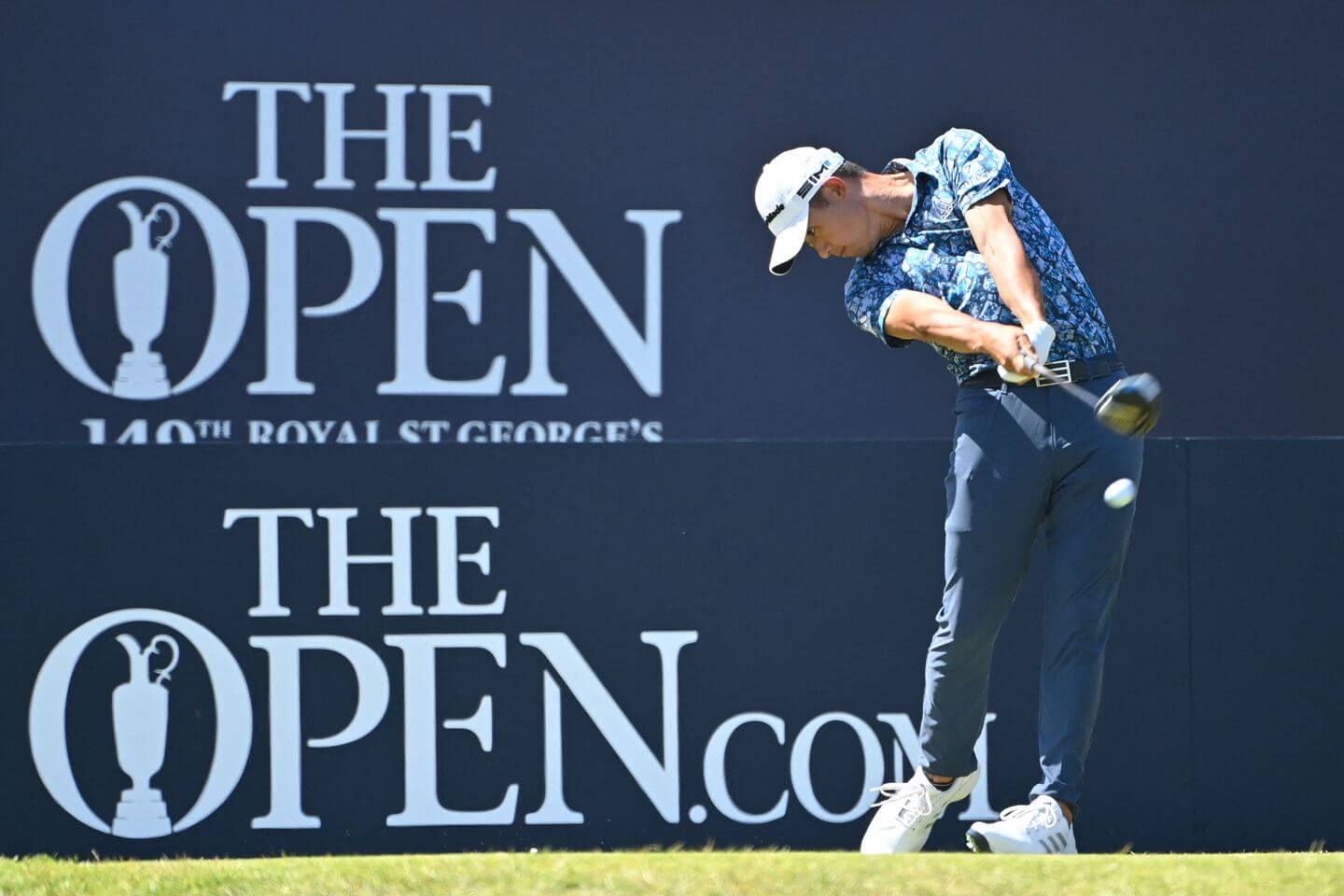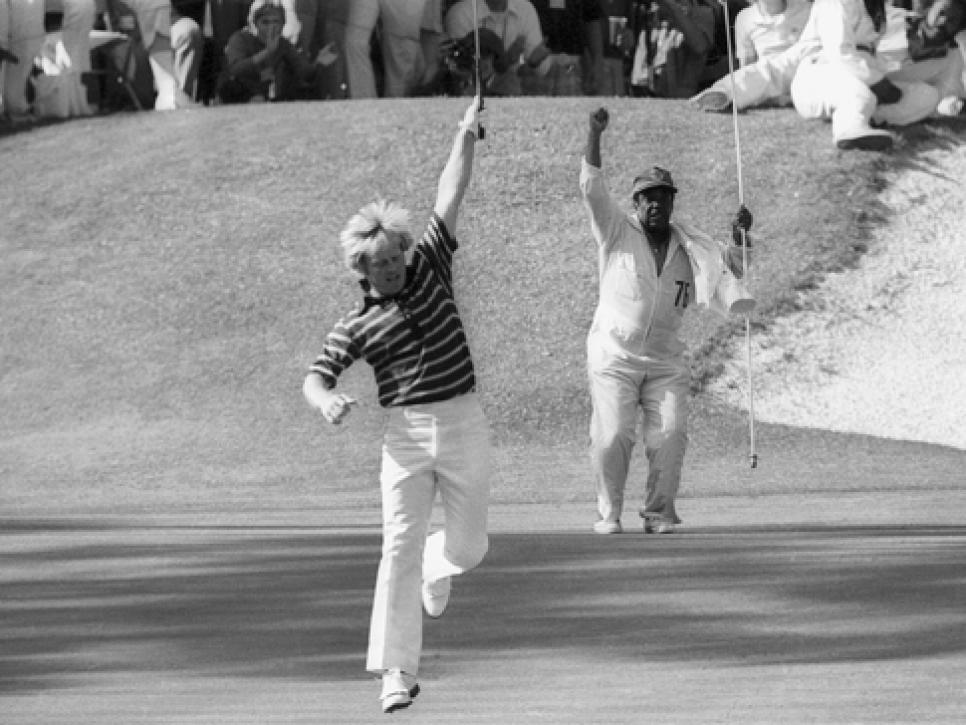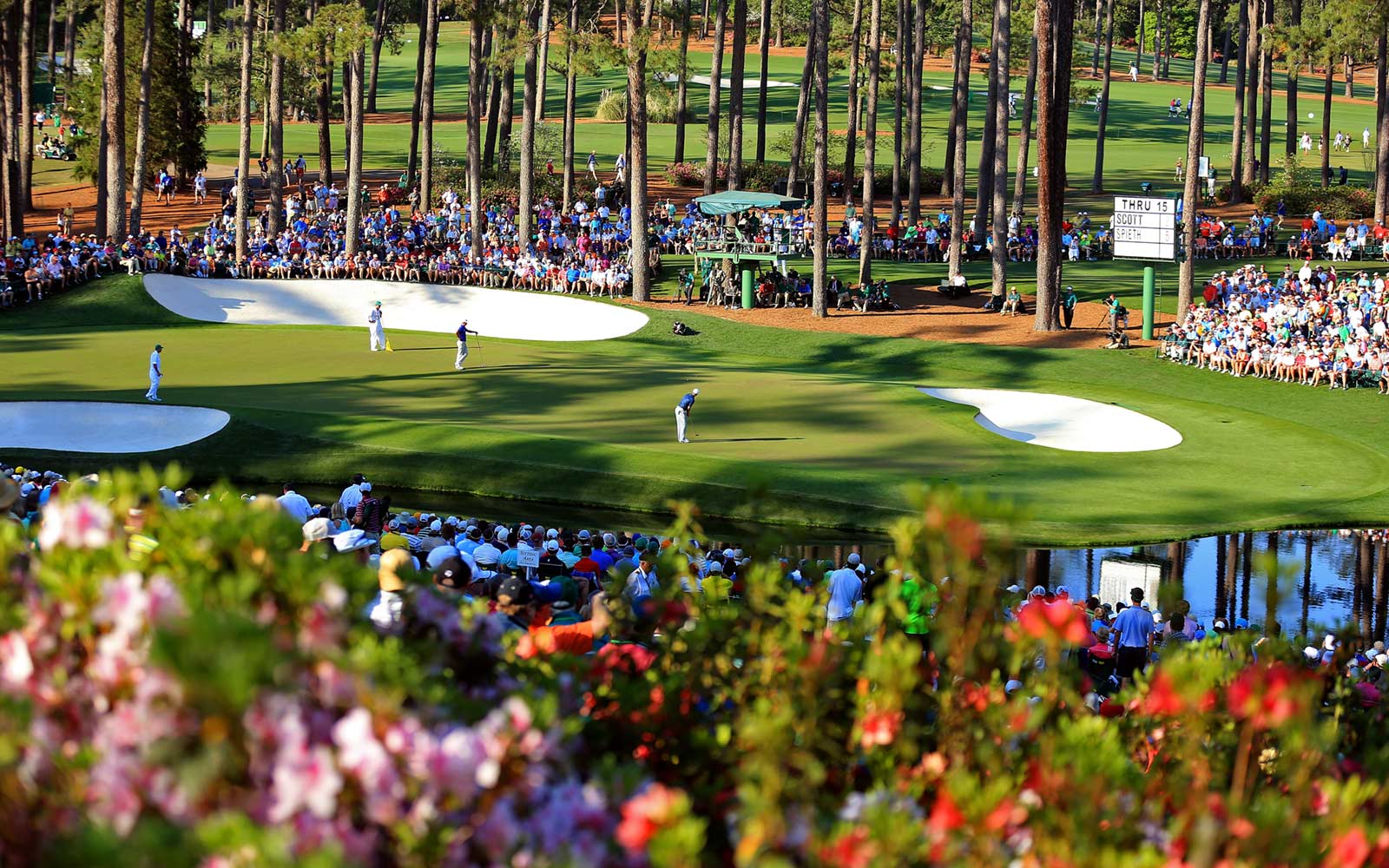The 1977 Open Championship is one of the greatest shootouts in golf history.
Played on the Ailsa Course at Turnberry, located along the rugged southwestern coast of Ayrshire, Scotland, the 1977 event was the 106th Open Championship. Considered by many to be the finest tournament played in the second half of the 20th century, the “Duel in the Sun” pitted 27-year-old Tom Watson, the reigning Masters champion, against Jack Nicklaus. A decade older than Watson, the “Golden Bear” was the most feared player in the game and winner of 14 major championships. The two played together in the final two rounds. Playing in bright sunshine under unusually clear skies, Tom and Jack went head to head in one of the most epic battles ever waged.
Turnberry, the most scenic course on the Ayrshire coast, was hosting the Open Championship for the first time in 1977 [the vaunted course later hosted the Open in 1989, 1994 and 2009, when Stuart Cink held off the 59-year-old Watson for what would have been Watson’s sixth Claret Jug]. Normally, South Ayrshire gets considerable rainfall in summer. “If you can see the Ailsa Craig, it is about to rain,” say Turnberry caddies of the huge rock lying 16 miles off the coast in the Firth of Clyde, “and if you can’t see the Ailsa Craig, it already is raining.” In summer 1977, the course was unusually dry and, under the blazing July sun, was playing fast and firm. Ben Crenshaw described the thirsty layout as “burnished.”
On Wednesday, Nicklaus and Watson each opened with 68 [the Open started on Wednesday in those days], placing them in a three-way tie for third with Lee Trevino. On day two, American Mark Hayes shot a second-round 63 – the then-lowest score in Open history – to climb into a tie for sixth, while Roger Maltbie held the 36-hole lead at 137. Hubert Green, fresh off his win at the U.S. Open, fired a 66, where he joined Watson, Nicklaus and Trevino — all of whom shot 70 – in a tie for second place.
Playing together on Friday, Watson and Nicklaus separated themselves from the field. Despite an afternoon downpour that suspended play for 30 minutes, the gladiators each shot 65, putting them three clear of Crenshaw at seven under par.
The duo went out as the last pairing for the final round. Jack led by three shots after four holes, then Tom birdied three of the next four to pull even after eight. At the ninth, a sea of fans broke through the ropes and spilt onto the fairway. Watson, Nicklaus and their caddies had to seek cover on the cliffs below until officials could clear the course 15 minutes later. After the round, Jack’s long-time caddy, Angelo Argea, said, “I feared for my man.” Nicklaus shot 33 on the front nine to lead by one at the turn.
At 15, Watson holed a 60-foot putt from off the green for a birdie-2 to tie the match. “I had always wanted to compete against the best, and here I was doing it,” recalled Watson years later, “and not doing too badly.” With three holes to play, the two competitors were eleven-under-par, ten ahead of Green, who would finish third.
Watson, who had won the Open at Carnoustie in 1975, turned to Nicklaus on the 16th tee and said, “This is what it’s all about.” To which the Golden Bear, who owned two Claret Jugs of his own, replied, “You bet it is.”
Tom seized the lead with a birdie four on the par-5 17th, while Jack uncharacteristically missed a three-footer and settled for par. Watson split the 18th fairway with a one-iron while Nicklaus pushed his drive way right, up against a Gorse bush. Watson’s seven-iron approach stopped within a yard of the hole to deafening roars. Jack gouged his ball from the brush to the right front edge of the green, 40 feet from the hole. Walking up 18, Tom turned to his caddy, Alfie Fyles, and said, “Nicklaus is going to make that long putt, I know him too well.” Almost on cue, the greatest player in history holed his birdie putt, setting off a near riot along the Ailsa shore and forcing Watson to make his in order to be crowned Champion Golfer of the Year. Nicklaus held up his hands to quiet the boisterous crowd as his opponent stood over the longest two-and-a-half-foot putt of his life. Watson calmly sank it and in one of the most memorable acts of sportsmanship the game of golf has ever seen, Jack put his arm around Tom’s neck as the two walked off the green together.
Watson’s 268 was the lowest score — by eight shots — in the history of the Open [it was lowered by Greg Norman in 1993 and by Henrik Stenson in 2016]. On each of the last two days, Tom had battled back from what appeared to be certain doom. It was the second consecutive major for the Missourian, and the second of five Claret Jugs he would capture in over four decades as a professional. “I just couldn’t shake him off,” said Jack, who had the lead for 12 of 18 holes in the final round. The Bear, who finished runner-up to Johnny Miller the year before, claimed second place in a major for the 15th time in his career [he would retire with 19 runner-up finishes in majors, still most of all time]. Hubert Green shot 279. “I won the tournament I played. They were playing something else.”
The 1977 Open Championship featured one of the most breathtaking battles in history. Watson shot 65 and Nicklaus 66 in the final round. The average score for the third and fourth round was 76.62 and 73.35, respectively, for a total of 147.97. Tom and Jack shot 130 and 131 over the weekend, beating the field by a combined 31 shots. The final page of the leaderboard at the 106th Open contained several members of the World Golf Hall of Fame. Trevino finished fourth, one shot ahead of Crenshaw and two in front of Arnold Palmer. Raymond Floyd finished eighth, while Miller, 1976 Champion Golfer of the Year, tied for ninth.
The victory at Turnberry was Watson’s fifth win of the season. He was the PGA Tour’s leading money winner and Player of the year in 1977 and would go on to capture five more major championships, including three Opens. Watson would retire with 70 professional wins and was inducted into the World Golf Hall of Fame in 1988. Following two straight runner-up finishes at the Open Championship, Nicklaus would go on to win golf’s oldest tournament for a third time in 1978. Jack finished second again at the 1979 Open at Royal Lytham & St. Annes, then went on to claim three more majors in his legendary career, finishing with a record 18. Watson and Nicklaus famously dueled again in 1982, when Watson’s improbable chip-in from behind the 17th green at Pebble Beach earned him the U.S. Open title over the Golden Bear.









